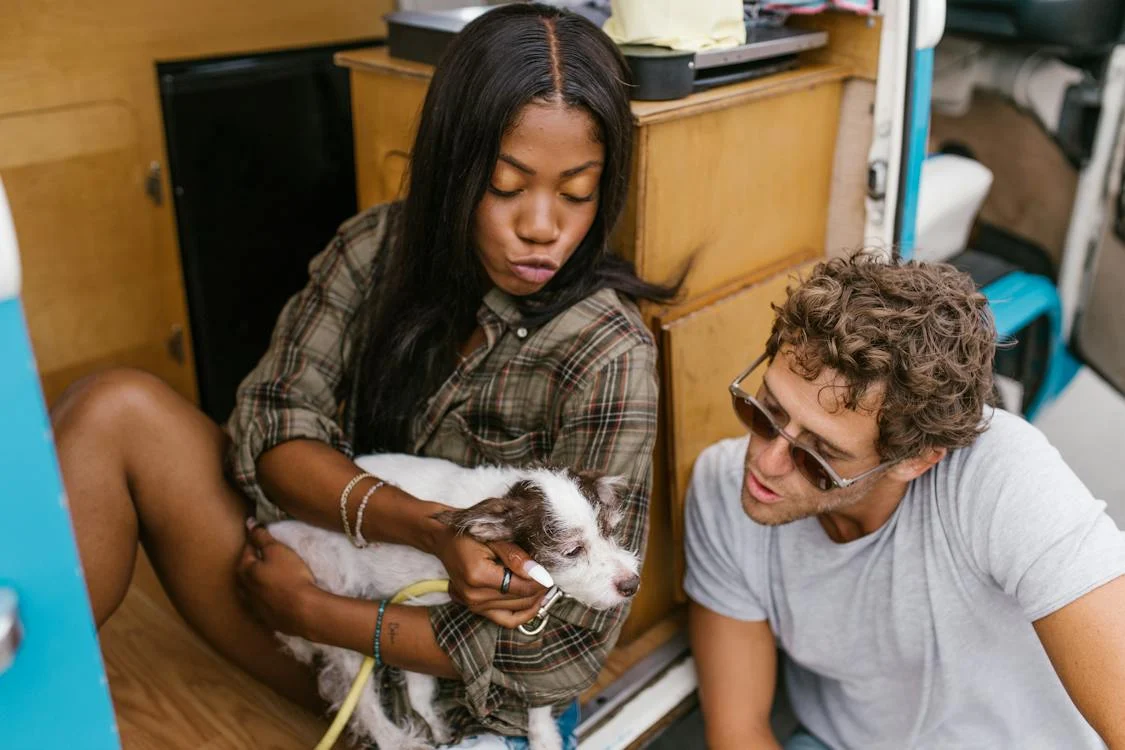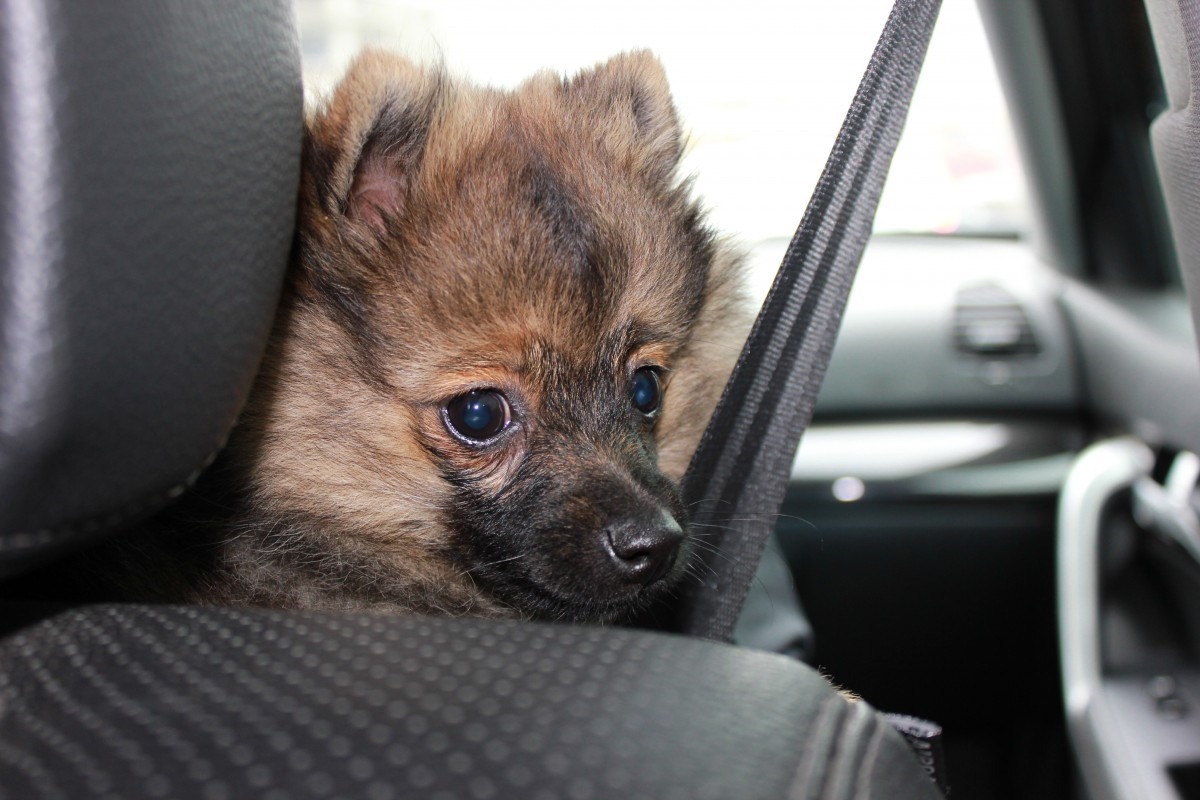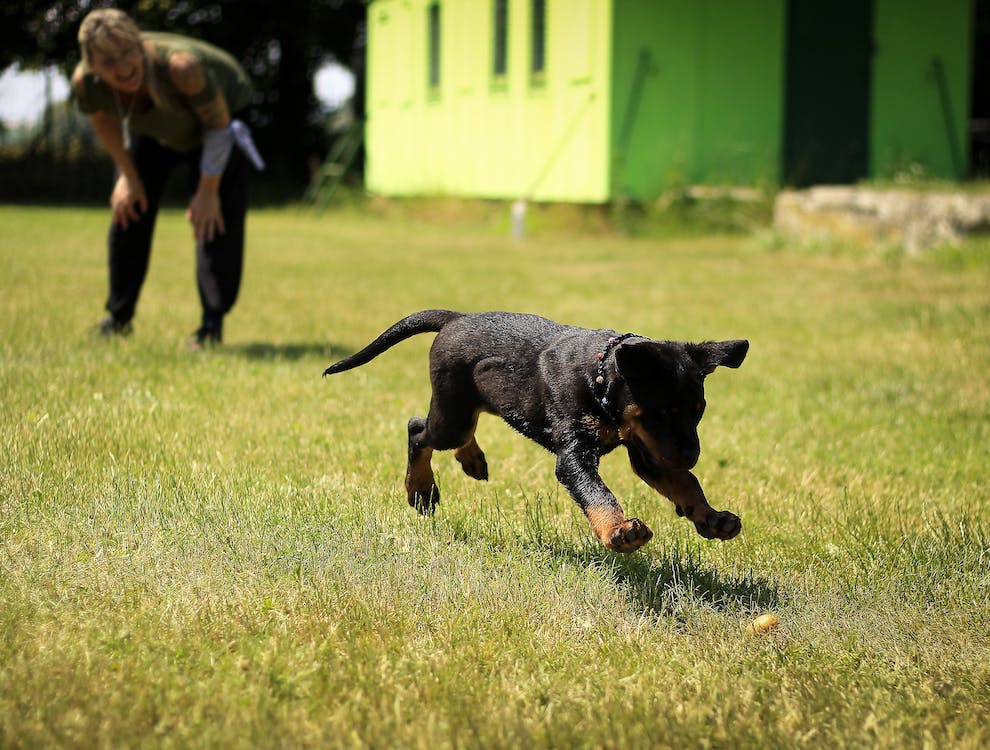When given a holiday, traveling or taking a trip is one of the first ideas that enters a person’s mind, especially for single people. But for those parenting a pet, sometimes it becomes a dilemma – they want to travel with their pet because it lessens the worry of not knowing what’s happening with their dog while they’re away, but bringing the pet along may cause stress for the dog (and for the owner as well). If you’re one of these owners who wants to travel with your dog, don’t let worries keep you from enjoying a trip with your pet. By planning ahead of time, you can ensure a safe and relaxing travel for you and your dog. Here are some dog travel tips to guide you:
Prepare your pet’s traveling kit
Before you hit the road, make sure you bring with you some dog essentials. Here’s a list of must-haves, whether you’re riding in a car or boarding a plane:
- Food, water, bowls – Bring along enough supply of food your dog is used to eating. Pack plenty of water – better yet, bottled water – since drinking water from a place your dog isn’t used to might result in stomach discomfort.
- Baggies and waste scoops – Waste disposal baggies and waste scoops are important so you don’t have to deal with the hassle of cleaning up your pet’s pee and poo, in case they can’t hold it any longer. But to avoid that, stop at parking lot rest stops whenever needed.
- First aid kit – You will never know what might happen, so a first aid kit must always be at reach whenever traveling.
- Grooming supplies – If you’re traveling in an outdoor area where your dog might get ticks or get muddy paws, you have to make sure you can easily clean your own dog. If your dog is furry and sheds a lot, bring in a small squeegee to easily remove dog hair on your car seat upholstery or hotel carpets.
- Old washcloths – Have a washcloth handy for wiping down mud or cleaning up a puddle.
- Blankets, pillows – Bring blankets for your pet’s bedding, and for warmth in cold weather. Pack your pet’s favorite pillow or toy so he won’t feel so far from home.
- Leash and collar – Keep an extra leash and collar ready for packing. The collar must have a tag imprinted with your home address.
- ID tag – Your pet should have a travel tag with your phone number and other relevant information. Make sure your dog also has a microchip for identification. If you want a custom id tag Personalized by Kate has them in all types of colors.
Road Trip Tips
If you’re planning on a road trip, traveling with your dog involves more than just loading him in the back seat and simply driving along, especially if you will travel long distances or if you plan to be away for more than a day. Here are some tips to help you prepare for a smooth road trip:
- Prepare your pet for a long trip. Don’t let your pet’s first ride in your car be your road trip across state lines. Long before you plan to take your dog on a long road trip, take him on a series of short drives first, then gradually lengthening the time spent in your car. Also, if you’re planning to go out of your state, bring along your pet’s rabies vaccination record as certain states require this at some interstate crossings.
- Don’t feed your pet in a moving vehicle, even if it’s a long drive. Make sure that your pet has eaten three to four hours before you leave.
- Keep your pet safe in a crate, carrier, or a harness. It may seem fun to roll your windows down and let your dog feel the breeze on their furry faces with its head outside the window – but it’s always best to secure your pet for safety. Keep him in a well-ventilated crate or carrier that is large enough for your dog to stand, sit, turn around and lie down in. Be sure that the crate he’s in is always secure, so it won’t slide or shift during quick stops. If you choose to forgo the crate, keep your dog in the back seat in a harness attached to a seat buckle. If you need a little extra space be sure to consider a truck topper for enjoying camping and bringing your best friend.
- Never leave your dog alone in a parked vehicle. Treat your dog like you treat your baby – you must not leave them alone in a car. On a hot day, a parked vehicle can turn into a hot furnace very quickly and it might cause heatstroke for your pet. On the other hand, a car can get cold as a fridge during a cold day, and may freeze your dog to death.
- Invest in waterproof seat covers and rubberized floor liners if you plan to travel frequently with your pet.
Plane Flight Tips
Unless your pet is small enough to fit underneath your seat, the ASPCA recommends pet owners to not fly with their dog. If you really must bring your pet along, then here are some tips to keep your pet safe while boarding the plane.
- Visit the vet first. Prior to your trip, make an appointment with your pet’s veterinarian to make sure that all vaccinations are up-to-date. Ask for a health certificate dated within ten days of departure. Generally, using tranquilizers is not recommended because it may affect breathing, so if you think your pet might become anxious or afraid while mid-flight, check with your vet for ways to relax your dog. Also, if you’re going to travel outside the continental United States, check with International Pet Travel or the office of the foreign country you’re traveling to for more information regarding planning and health care requirements.
- Buy a USDA-approved shipping crate. The usual crate you’re using to carry your dog might not pass the airline standards. These carriers can be purchased from pet supply stores and airlines, and are available in both soft-sided and hard-sided variants. Soft-sided carriers are suitable for carry-ons, and can fit under the seat. Hard-sided carriers with holes for ventilation is preferable for traveling the dog in cargo hold. All carriers must be big enough for your dog to stand, sit, turn around and lie down comfortably. Line the bottom of the crate with towels or some type of bedding for comfort, as well as to absorb accidents. Make sure you secure the door of the crate, but don’t lock it so an airline personnel can easily open it in case of emergency.
- Book early. Most airlines only allow one or two dogs per flight, so it’s best to book your dog’s ticket ASAP. Call the airline first and ask if there’s a “seat” available for your pet before you buy a ticket. Once the seat’s availability is confirmed, immediately reserve both your seats on the same ticket.
- Fly direct. Whenever possible, book a non-stop, direct flight, and try to fly on a weekday so airports are less hectic. A direct flight will prevent the chances of your pet’s crate being mishandled by baggage personnel or being left on the tarmac during extreme weather conditions.
- Physically prepare your dog. Feed your dog about four hours before the flight. Flying on a full stomach can be uncomfortable for your dog during travel. But, you can and should continue giving him water right until the time of the flight. Just make sure you empty the dish before checking in to prevent spillage. Leave the dishes in the carrier and tape a small pouch of dried food outside the crate. This way, an airline employee can be able to feed your pet in case of a layover or an extended delay. Before the flight, also make sure that your pet has exercised and has relieved himself before heading to the airport.
- Make sure the crate has complete identification. Besides the collar, ID tag, and microchip for identification make sure you write your dog’s name on the carrier. Label your carrier with “Live Animal” and use arrow stickers to indicate the upright position of the crate. On top of the crate, place your name, cellphone number and telephone number of your pet’s destination point, and whether you will be accompanying him or if you’re letting someone else pick him up. Attach a photo of your pet so if it escapes from the carrier, he will be easily identified. Don’t forget to carry also a photo of your pet yourself.
- Let airline employees know you are traveling with a dog. You must tell it to any employee you encounter so they can be ready if your dog needs additional attention or consideration. If you have concerns or if the flight is delayed, don’t hesitate to ask an airline personnel to check your dog whenever feasible.
Pro Tip: If you are traveling to the UK, be sure to check out the road tax UK to know what you’re in for!



